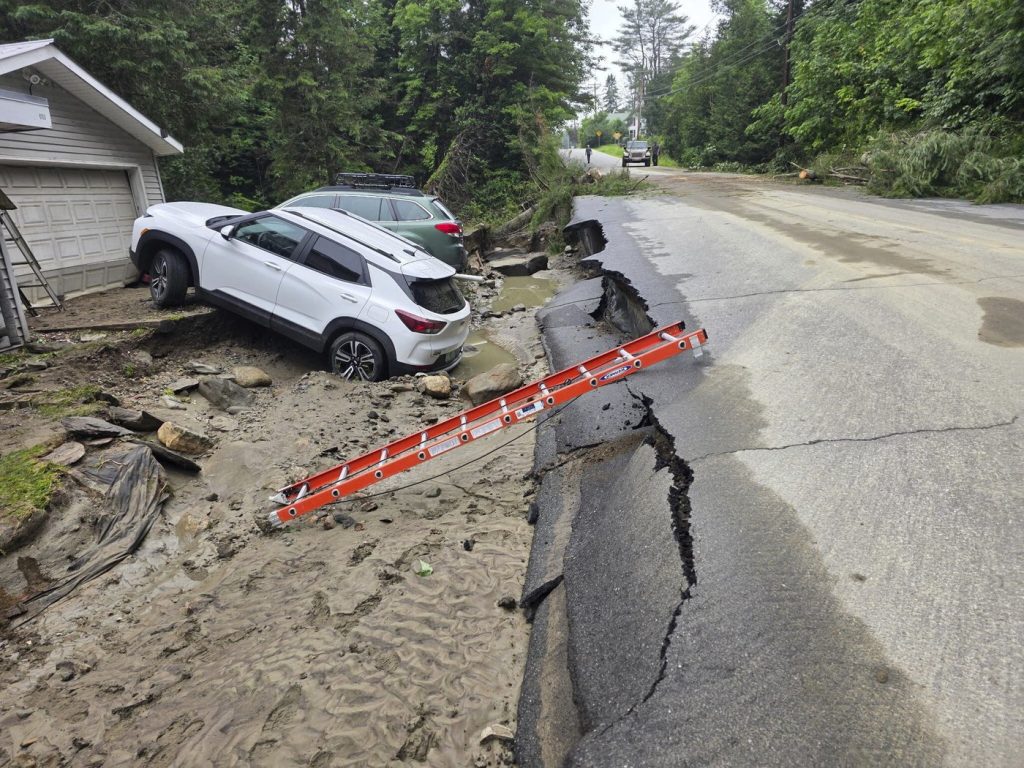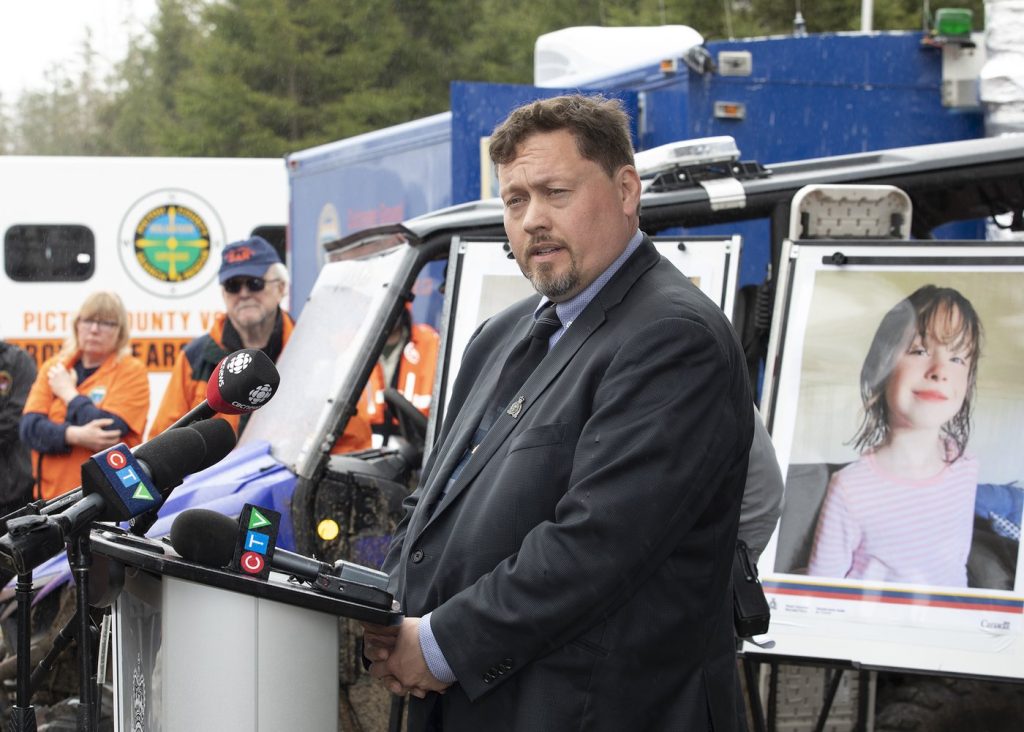SUTTON, Vt. (AP) – Rural communities in Vermont faced another day of recovery from severe flash flooding and heavy rainfall on Friday, marking the third consecutive summer affected by such weather events in the state. On Thursday, up to 5 inches (13 centimeters) of rain fell within a few hours, leading to rapid flooding as local waterways overflowed their banks, according to Robert Haynes, a meteorologist with the National Weather Service’s Burlington office.
In the small town of Sutton, nearly 20 homes were cut off from access as a nearby brook rapidly swelled, surrounding residential buildings. Fire Chief Kyle Seymour reported that his firefighting crew responded to rescue individuals from two homes, necessitating the aid of swift-water rescue teams from neighboring areas. "This was an incredibly strong, quick-moving localized heavy water," Seymour said. "It overwhelmed all of our road culverts, all of our streams, all of our rivers. But the actual weather event lasted three hours, with the bulk of the rain concentrated within one hour."
Although the intensity of the storms was not as widespread as in previous years, local officials spent Friday morning assessing the damage while reflecting on the challenge of enduring three consecutive years of flood recovery efforts. Fire Chief Seymour expressed skepticism when he heard early reports suggesting that the storm would not be severe, noting that at least one member of his crew is considering retirement due to the stress of repeated flood emergencies.
The National Weather Service indicated that Vermont’s ongoing issues with flooding are attributable to both climate change and the state's mountainous geography. As rainfall increases and moisture availability rises, the steep topography of Vermont becomes more prone to floods. In a related incident elsewhere in Vermont, strong winds caused significant damage to a high school in Addison County, blowing off a large portion of its roof.
In Massachusetts, flash flooding also occurred on Thursday after some areas received more than 7 inches (18 centimeters) of rain. In the town of Weymouth, businesses experienced flooding, and commuters faced delays as highways and streets south of Boston were inundated with water, further complicating travel in the region.
As these communities begin the daunting process of recovery and rebuilding, the impact of extreme weather events underscores the growing concerns around climate resilience and infrastructure preparedness in Vermont and surrounding states.










